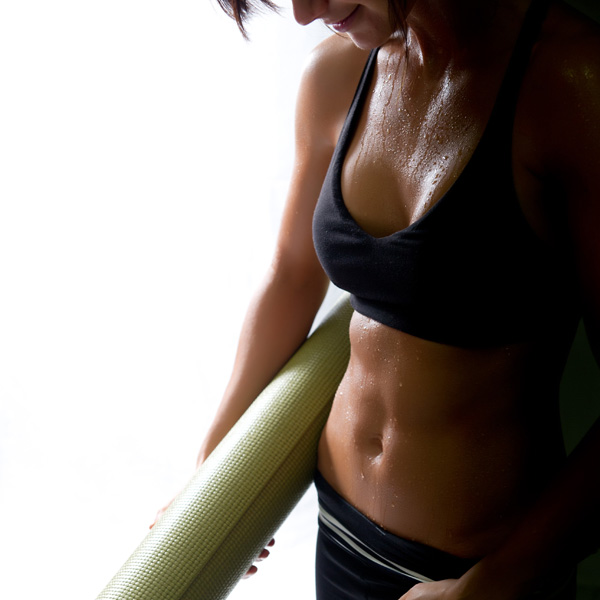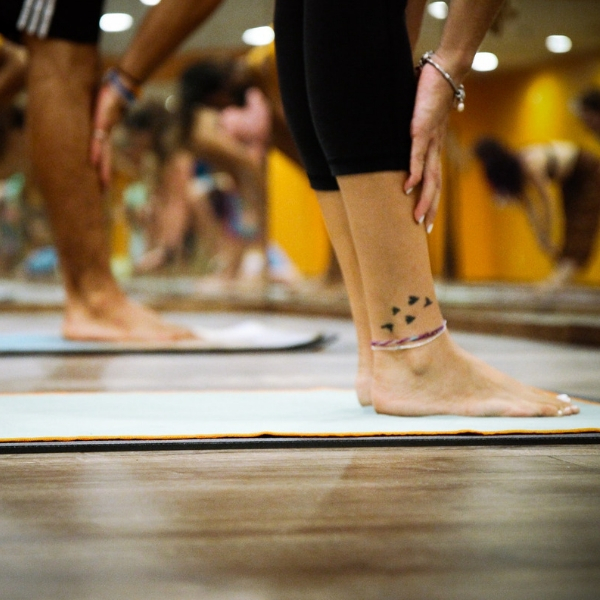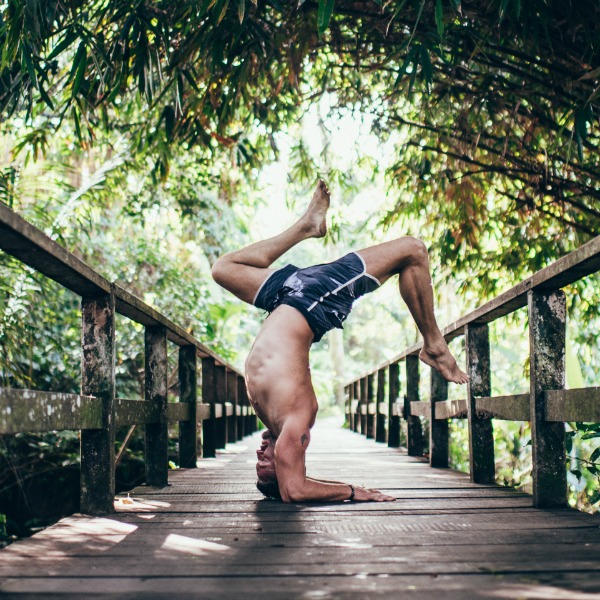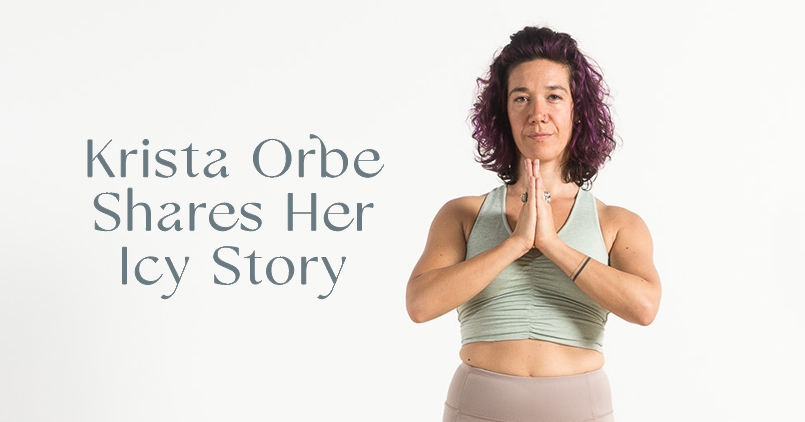27 Feb Power vs Vinyasa Yoga: all you need to know

All pathways of yoga are great (and none are better than others) but, with so many types, knowing what the differences between them all can become quite confusing. One question most commonly asked is, “what is the difference between Power Yoga and Vinyasa Yoga” and we don’t blame you for being confused.
The word ‘vinyasa’ comes from the Sanskrit term ‘nyasa’, meaning ‘to place’ and the prefix vi, meaning ‘in a special way’. In vinyasa yoga, the body moves in sync with the breath, creating fluid and smooth movements, so it’s also known as “flow” yoga. Power yoga is based on these same principles, but is typically way more athletic and physical which is why it is growing in popularity in gyms, not just yoga studios. Additionally, there is also Power Vinyasa which combines elements from both styles of yoga.
Let’s shed some light on it all in a bit more detail.
Vinyasa Yoga
In Vinyasa Yoga, the body moves in sync with the breath. Moving in alignment with inhales and exhales, the focus is on creating fluid and smooth movements. Vinyasa yoga is a strongly asana-based (physical postures) style of practice. Usually including lots of Sun-Salutation poses, these allow previously static asanas to become more dynamic. Taking influence from Hatha Yoga, Vinyasa can offer more fast-paced sequences of flow or can be slowed down to focus on varying needs.
Vinyasa yoga has the ability to take you deep into a physical experience through the asanas and flow so as to surpass worldly distractions and arrive at a quieter place a little closer to home. Classes can be held in heated or non-heated rooms.
Power Yoga
Power Yoga is a stronger form of practice that encourages students to engage more fully in body as a tool to get out of their head. It has a physical focus, working on stamina, strength, flexibility and endurance. Like vinyasa, there are no set sequences and the sense of flow is present. Unlike vinyasa, a power yoga class is always fast-paced enough to be a workout.
The emphasis on intensity is not to just get stronger, or more flexible, but to rewire how we interact with ourselves by pushing the boundaries of what we subscribe to as ‘possible’. This can be worked towards in Power Yoga through fire (heat) burning through the hardened exterior layers of the self, casting aside doubt and desire to set your being free.
Don’t forget to bring these 10 things to your next Power Yoga class.
At Power Living we offer a range of class styles including our signature hot yoga class – P.L.A.Y. Vinyasa (Heated). This class is heated to 32ºC and is sweaty, dynamic and intensely satisfying. Check out your local timetable and try your hand at Vinyasa. We have studios located all over Australia.



